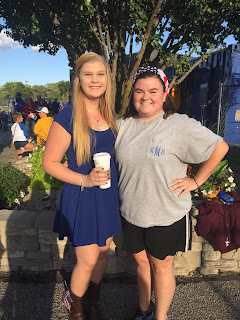
In the Beanium Lab my partner and I counted how many beans there were all together and then counted out how many beans there were of each kind (white, black, red, and pinto).We then weighed each type of bean and
divided the mass of that type of bean by the amount of bean present to get the average mass of one bean. After figuring out the average mass of each type of bean my partner and I found the average atomic mass of beanium by multiplying the percent abundance of the isotope by the average mass of the isotope, and then we added them together.
Websites:
Calculating Average Atomic Mass









